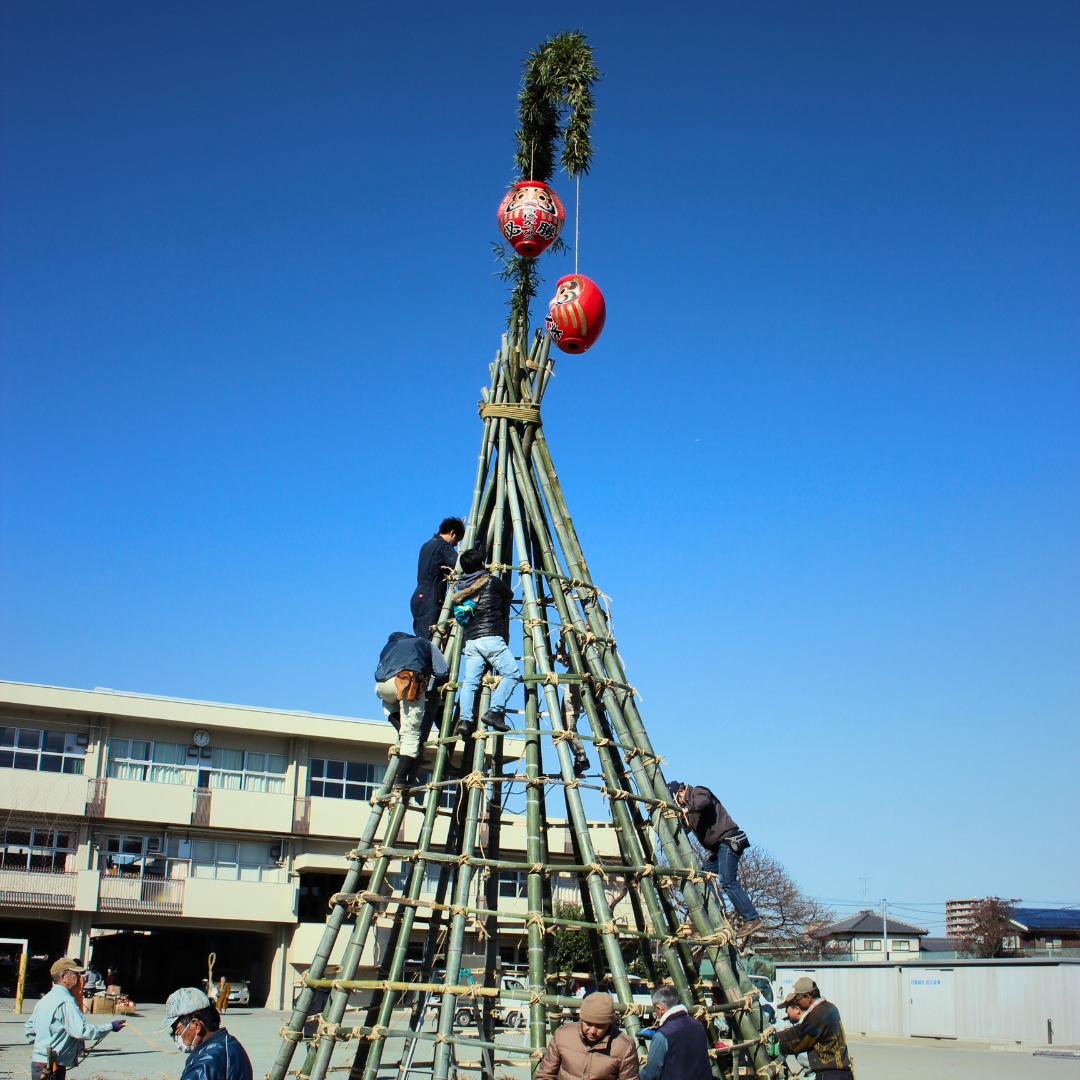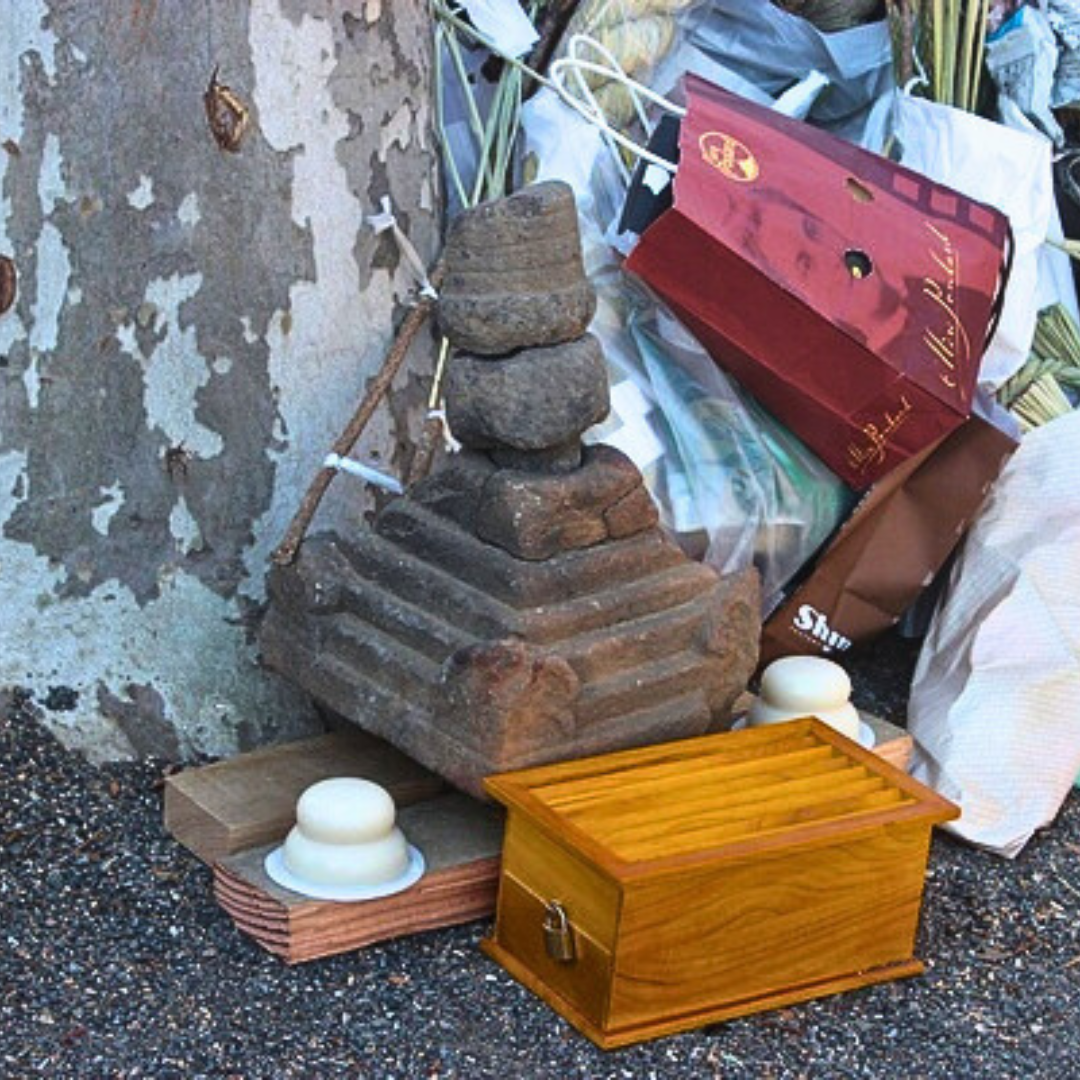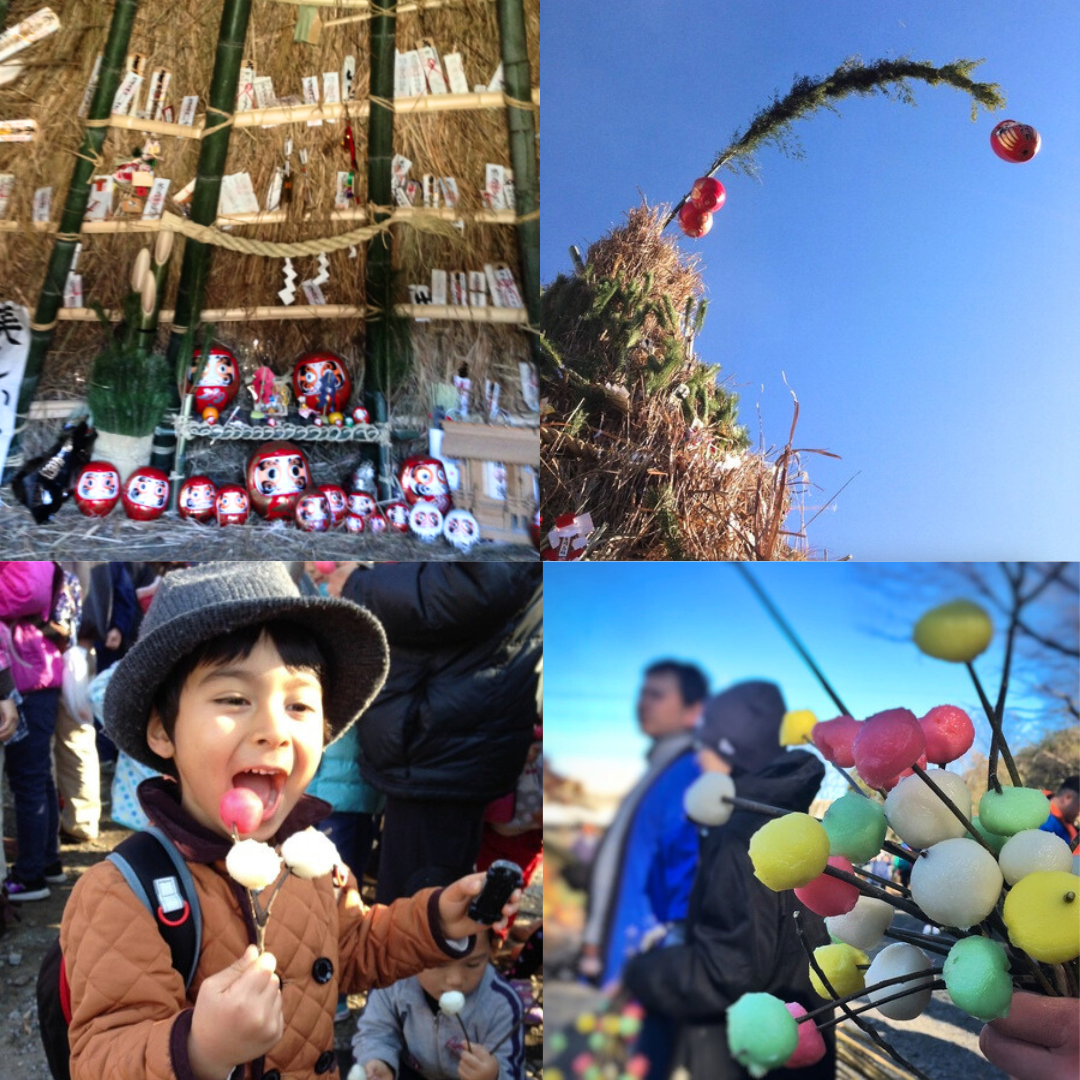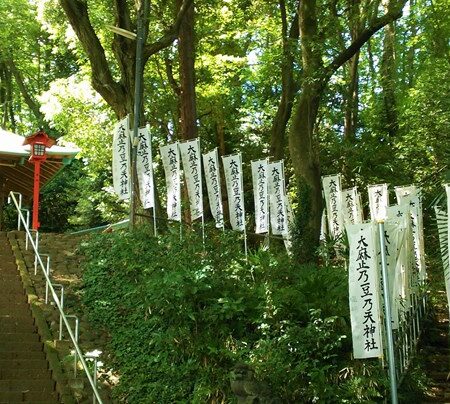Do you know?
In the cold of winter in Inagi City, there is a traditional event that quietly breathes, the "Saino-Kami Festival."
This time, i am introducing a traditional event from various parts of Japan
centered around a special guardian stone called "Dōrokushin no Ishi."
Hidden Guardians of Japan
In the winter of Inagi City, amidst the cold, there is a quiet traditional event known as "Sai no Kami Festival."
This event, which has been passed down throughout Japan for generations, centers around a special sacred stone called "Dourokushin no Ishi" that protects the region.
Japan old takes a peek into this tradition, delving into the depths of Japan that often go unnoticed.

Dourokushin no Ishi
Dourokushin no Ishi is a type of sacred stone used in Japanese folk beliefs.
Dourokushin, also known as Dosojin, is a deity enshrined at village entrances and roadsides, tasked with protecting travelers and village boundaries.
It is especially believed to ward off epidemics and evil spirits.
These stones usually take the form of simple stone monuments or towers, with varying forms and enshrinement methods depending on the region.
During festivals, these stones hold special significance and are often enshrined.
In the Sai no Kami Festival, the Dourokushin stone is enshrined in a small hut and is buried again after the event, symbolizing the protection of the region.

Sai no Kami Festival
Around the time New Year's decorations are taken down, local children start gathering bamboo, wood, and straw to build a small hut.
Inside the hut, they enshrine the Dourokushin stone and decorate it with New Year's decorations.
Once the hut is completed, the children spend several days and nights in the hut, keeping watch to prevent intruders from other areas.
After this period of guarding, a ritual burning of the hut is held on January 14th or 15th.
In the blazing fire, they toast mayudama dumplings and mochi, eating them with prayers for good health.

Modern Changes
Today, the Youth Development District Committee and local community associations take the lead in organizing the event.
The process from preparation to execution serves as a valuable time to deepen community bonds.
While adapting in form, the customs continue to be handed down, depicting different scenes in each region.
Conclusion
The Sai no Kami Festival in Inagi City symbolizes the connection between Japan's traditional culture and local communities.
This event is not just a tourist attraction but an important cultural heritage deeply rooted in the lives and hearts of the local people.
For more information about the Sai no Kami Festival in Inagi City, please refer to the links below.


